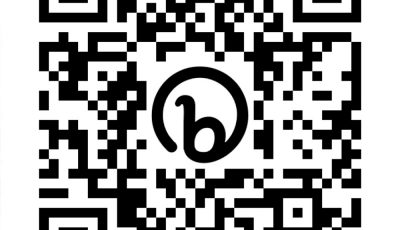Zhinoy
I wrote a bio-profile last year titled ‘Sang Pinoy for my celebration of my Pinoyhood, whose national focus took a back seat to the “earthrise” that I pledged allegiance to in 1968, but its cultural tailings stayed around my meditative council. It will now come to a close this last visit to “the land of the morning.”
Having appropriated what certainly was a Hakka influence on our family DNA, and since “China” is a term given by the Persians to the Silk Road traders they called the “people of the Qin,” carried into Western history after Marco Polo’s popular account of his adventures, I also appropriated the term that the Han and their 55 other kin give themselves: Zhongguoren, the people of the middle realm.
“Zhong” the “middle” in the common name of the nation, Zhongguo, is translated often as the “Middle Kingdom” of national self-importance, with those around its boundaries as the “unwashed hoi polloi,” obligated to give it obeisance like the former colonies of European aristocracy.
With China’s new preeminence in the West Pacific, U.S. President Obama in his 2015 SOTU was heard not only to affirm a determination to keep dictating the trade rules in Asia but to dominate it. Immediately politicized, Foreign Minister Sergei Lavrov of Russia responded: “It shows that the United States wants all the same to dominate the world and cannot merely be first among equals.” He evidently misread Obama who did say that continuing to dictate trade rules in Asia is to make sure the playing field is level.
As reported in the Beijing’s Global Times, Nanjing Mayor Miu Ruilin admonished Obama: “Don’t issue unrealistic slogans or plans as failing to accomplish them will be at the detriment of the government’s public credibility.” The mayor may now be on the short list to follow Israel’s Netanyahu who may be a GOP invite to address Congress.
I wanted to title this reflection Zhong Pinoy, clearly a play on earlier ‘Sang Pinoy but also to highlight the revered term Zhong, heretofore a geographical middle, but also the center as the pivot point of the yin-yang where a contradiction spins and revolves tranquility under pressure.
I decided on a pinch of a Zhinoy to keep the metaphor in the muddled middle without reducing the virtue of both Zhong and Pinoy. We commerce in mix metaphors. Why not? It is not uncommon these days to ask what color one sees of the rain, or the smell of success?
In China where water is the most crucial resource, and with the desertification of many parts of the world along with the extremes of weather, clean potable water is increasingly the challenge we globally face. We admire the extent Microsoft’s Bill Gates went to prove that the engineering of the Gates’ Foundation-funded Omni-processor produces potable water by drinking it himself in public, a sign that common waste sludge can be made drinkable. (One report used the children “poo-poo” term, while another went directly with “feces.”)
On being Zhinoy, we will certainly go the Bill Gates route. It is not enough to simply talk about the new; one has to risk one’s whole being in embodying what one desires, means and intends. Bill and Melisa Gates are determined to deliver drinking water around the world and they will not hesitate to use technology and their wealth to accomplish their ends.
We intend with our remaining years to create the Zhinoy by being him/her/it! The Pinoy of our appropriation is worldwise and street-smart. Now, we will have to find ways of describing what a sensing, feeling, learning, and doing Zhinoy appears like in the tableau of contemporary glocal existence.
Tracing my connection to the Ke Jia Hakka, perhaps of the Tulou tradition, I find myself at once at the vanguard as well as at the periphery of the Chinese culture and civilization. Cojuangco traces part of its roots to Fujian, an area not deemed friendly to the Han between the Huanghe and the Chang Jiang, forced to migrate, including the boat people, to places like Hong Kong and the New Territories of Kowloon, congregating in the area between Fujian and Guangdong. We labored with a Hakka village in the ’70s.
In any case, our new creation combines the worldwise, street-smart of the Pinoy, to the adventures of the Hakka that has been a vanguard and a stilling presence in the Han communion. We could not ask for a more challenging mission to our projected life exit.
We live in a time when teachers and students form partnerships to tasks of mutual learning, no longer a hierarchical setup of tutor and tutee. Sino trade go places in search of partners to earn a profit together rather than have one exploit the other culturally, socially, and economically, a dominant over a supplicant in the relational gates.
Blazing into glory is hardly our intent. We are intrigued and called to engage by the hankering of our soul, and the stirrings of our DNA. To be Zhinoy!
Is this enough selfie for you, Elmo? Not about me, silly. About you! What new creation have you decided to be this day?



























